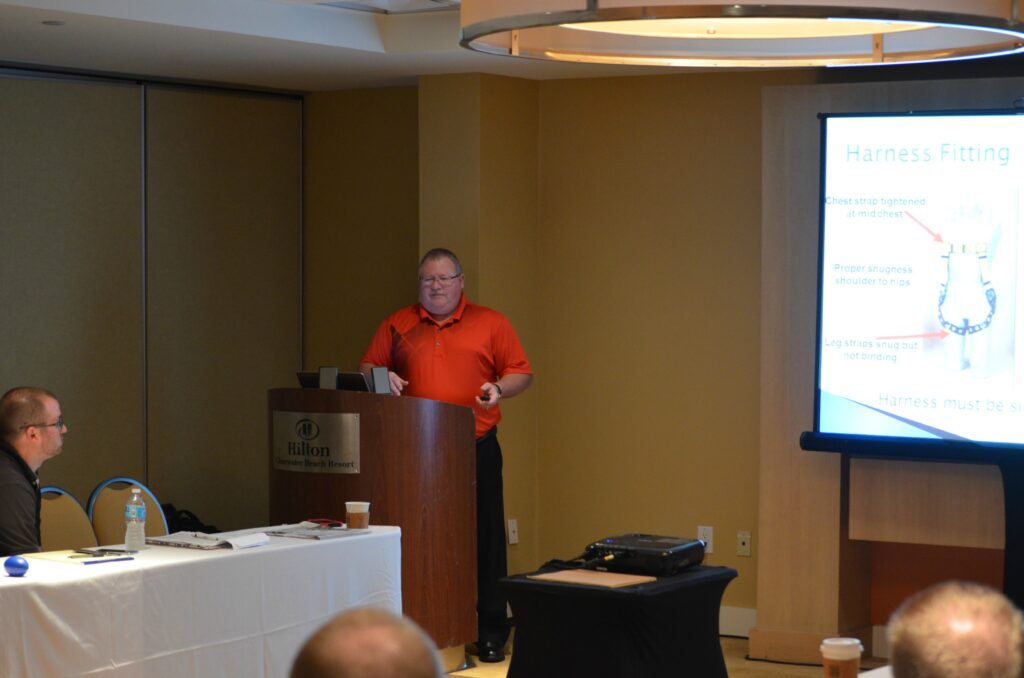Everyone has been talking about that Oscars slap. Less is being said about the reaction and de-escalation efforts of presenter Chris Rock, but Rock’s response is one of the main takeaways from the situation. It’s essential to keep a cool head when violence in the workplace starts to emerge, and all organizations should provide best practices to deescalate and even prevent workplace violence, especially in these troubling times.
A Violence Epidemic
According to the National Safety Council, a leading non-profit safety advocate for the workplace and roadways, over 20,000 assault-related injuries and 392 deaths resulted from workplace violence in 2020. The National Institute for Occupational Safety and Health (NIOSH) reported in 2021 that violence is the second leading cause of death in the workplace, closely behind vehicle accidents, and according to the Bureau of Labor Statistics (BLS), homicide is the number one cause of death for women in the workplace.
These sobering statistics raise the question of what can organizations and employees do to stop workplace violence in its tracks before it becomes another troubling headline?
According to Eric Waidelich, Manager of Operations and Business Development at Rizikon, a risk management consulting firm, the number one step anyone can take to reduce workplace violence is to recognize the warning signs of escalating behavior and respond promptly with the appropriate de-escalation tactic.
What is Behavior Escalation?
Behavior escalation means that a person is showing a certain pattern of behavior that can get worse over time and follows a specific pattern. By responding with a de-escalation tactic, that pattern may be interrupted and hopefully, a resolution can be reached. Keep in mind that not every person will go through these stages in this exact order, and your response also should adjust accordingly. When confronted with a person showing these warning signs, be sure to assess your own physical safety before proceeding.
The 5 Signs of Behavior Escalation and How to Respond Source: Eric Waidelich and OSHA Academy
Stage One: Confusion
Warning signs:
● Bewildered or distracted appearance
● The subject seems unsure or uncertain of what to do next
● The subject may seem overwhelmed
Helpful Responses:
● Listen attentively. Don’t directly challenge.
● Ask clarifying questions to seek understanding (example, “What I’m hearing you say is ______”
● Give factual information
Stage Two: Frustration
Warning signs:
● Impatient and reactive behavior
● Resistant to information you are giving
● Appears defeated
● May try to bait you into an argument
Helpful Responses:
● Continue to listen and offer factual information
● If possible, relocate to a quiet location (try to have another person with you whenever possible and always an escape route in mind)
● Provide reassurance
● Make a sincere attempt to clarify concerns
Stage Three: Blame
Warning signs
● Subject places blame for problems on everyone else
● Critical of the actions of others
● Subject may accuse you or hold you responsible
*Here the subject may cross over into potentially hazardous behavior
Helpful Responses
● Disengage with the person and bring a second party into the discussion
● Use a teamwork approach
● Draw the person back to the facts
● Show respect and concern
● Focus on areas of agreement to help resolve the situation
Stage Four: Anger
Warning Signs
● The subject will show a significant change in body posture
● The subject may engage in aggressive behaviors like shouting, screaming, cursing, pointing fingers, pounding with fists, placing hands on head & closing eyes
*Anger behaviors are red flags that your safety may be at risk. Assess your physical safety before continuing to engage.
Helpful Responses
● Don’t argue with the person
● Maintain a safe physical distance and know your escape route
● Don’t offer solutions – rational discussion is over
● Ask the person to leave – be firm, but calm
Stage Five: Hostility
Warning Signs
● Physical action or threats seem about to happen
● There is immediate danger of physical harm or property damage
● Out-of-control behavior shows the subject has crossed the line
Helpful Responses
● Disengage and evacuate the area entirely or to a secure location
● Attempt to isolate the person if it can be done safely (put a barrier between them and you)
● Alert proper authorities and contact your supervisor
The statistics above paint a grim picture of the reality of workplace violence all around us, but awareness of the warning signs is a major step in the right direction. As you approach a person displaying the above warning signs, it is essential to project calm confidence rather than confrontation. Avoid criticizing or lecturing; rather, focus on the feelings, themes, and motivation revealed by the speaker. Fortunately, in the recent Oscars scandal, Chris Rock was able to quickly assess the problem and respond in a de-escalating manner. Sometimes being a hero requires only some empathy and a listening ear.





